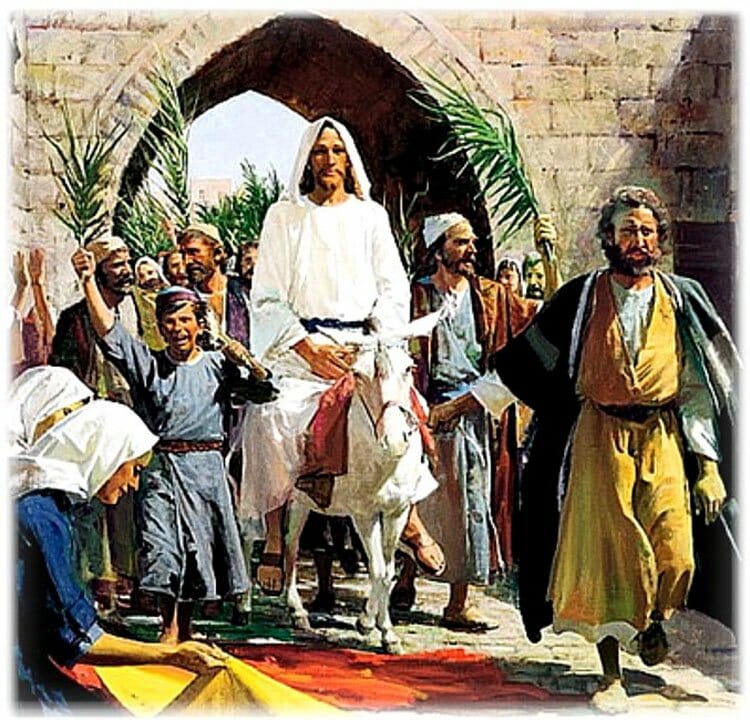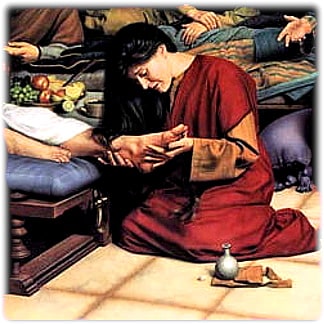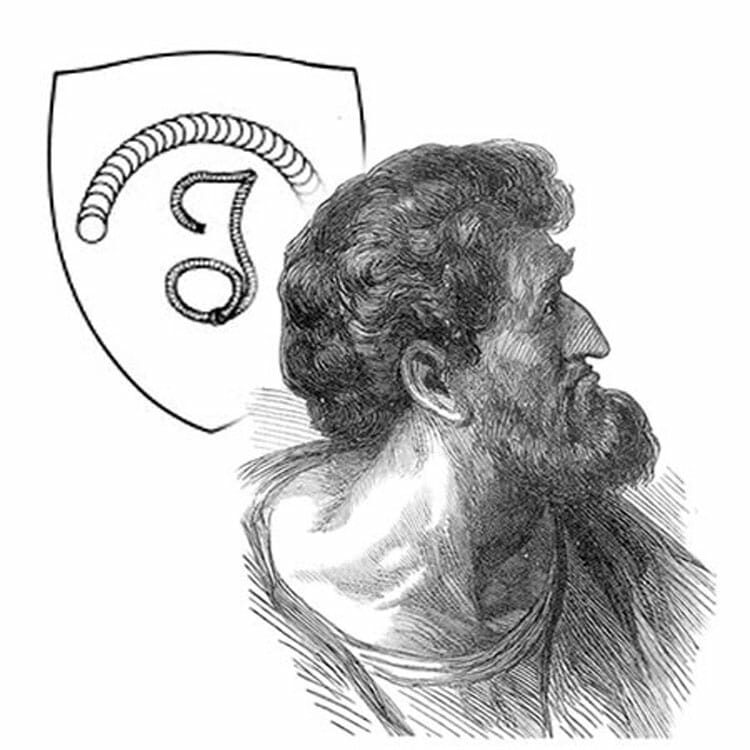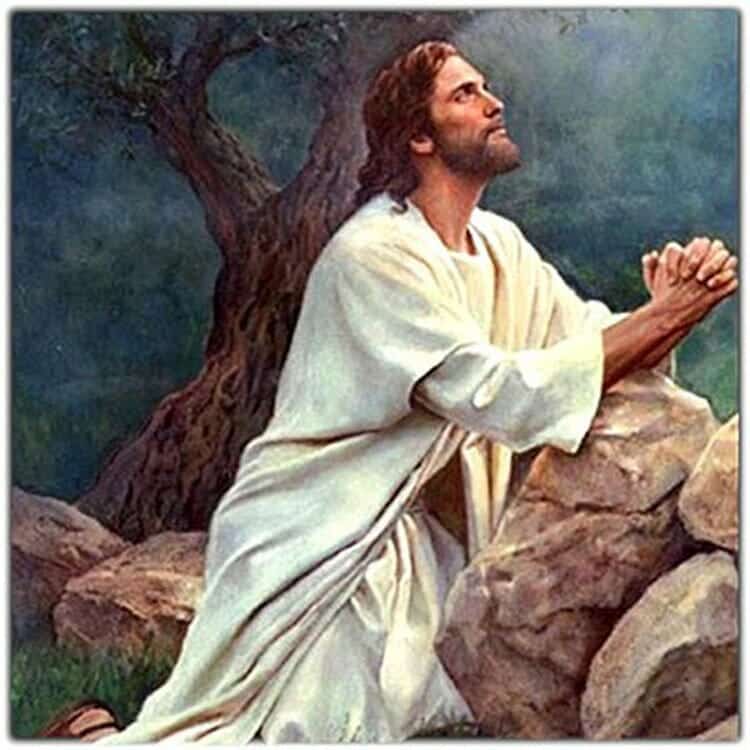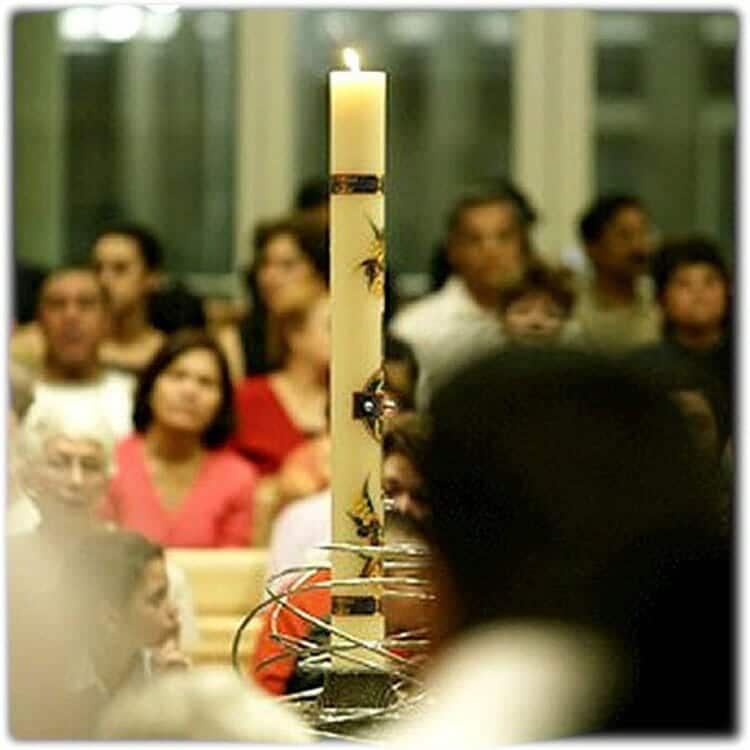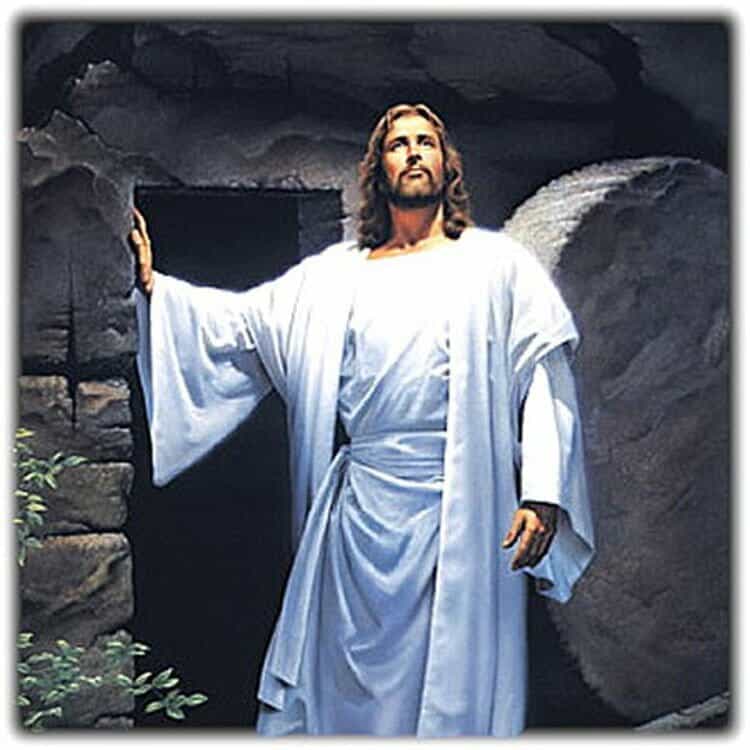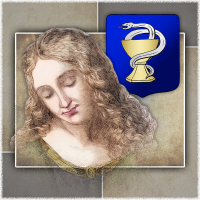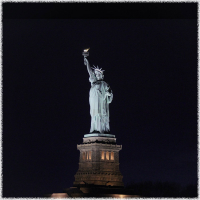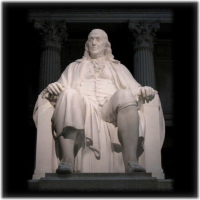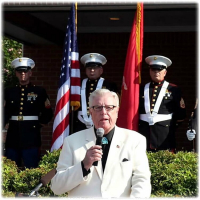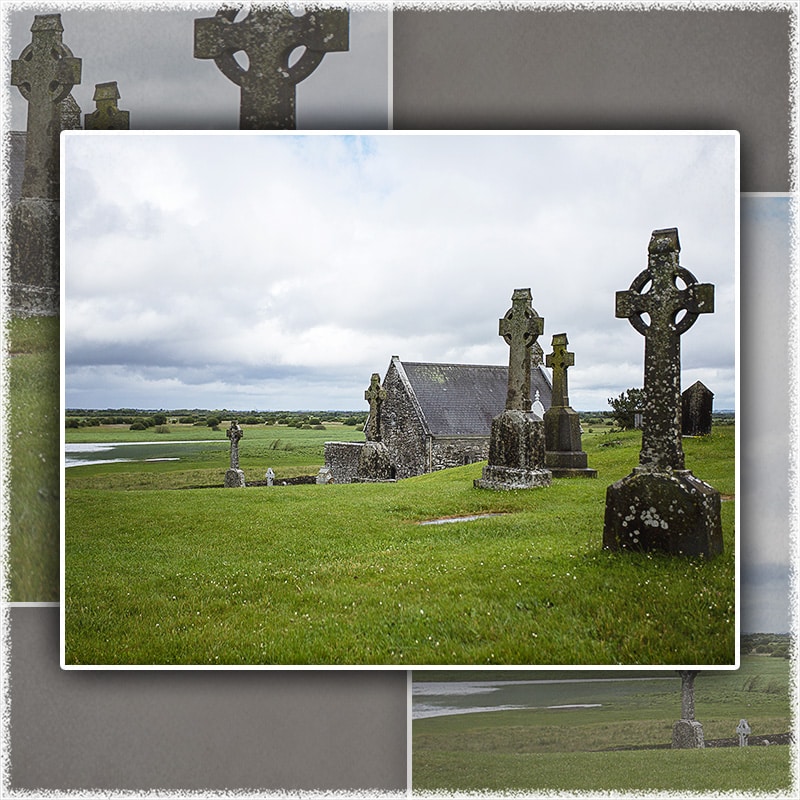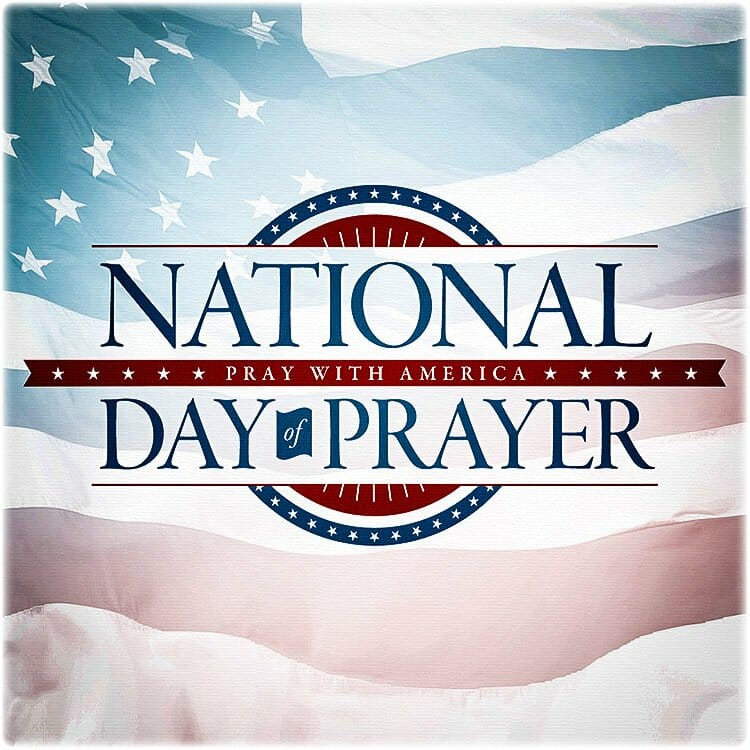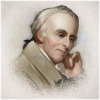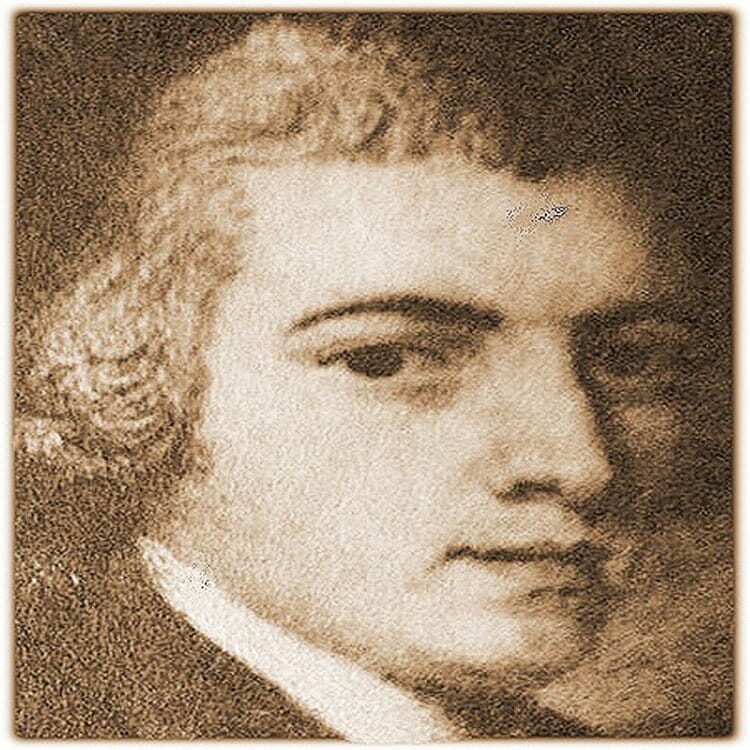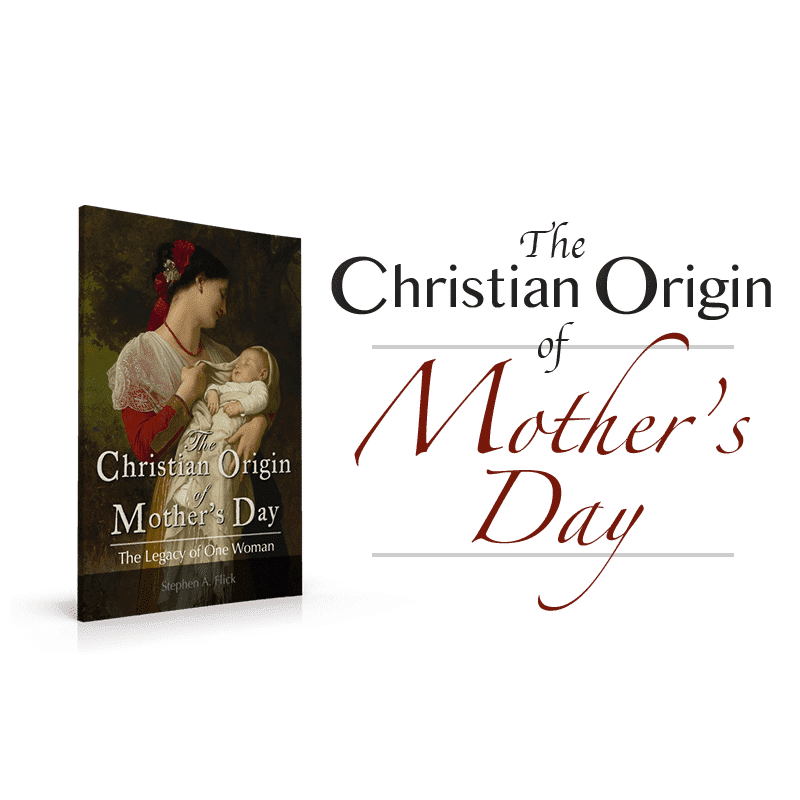Within Christianity, Holy Week commemorates the suffering and death of Jesus Christ. Among English-speaking communions, the expression Passion Week is also used to describe the same period of time—the Sunday before Christ's Crucifixion to His Resurrection. One of the earliest designations for this week in the Early Church was the "Great Week," and during the medieval era was known simply as the "Authentic." In Germany and Denmark, the popular title for this week is 'Still Week,' an allusion to the diminished labors of Christ and the Apostles during this week. The Roman Catholic Church, as a representative of the "high church, " has traditionally observed Holy Week by seeking to create an increased sense of solemnity and reverence for the sacrificial death of Christ. In part, the Roman Church historically has attempted to create this atmosphere of solemnity by transferring any church festivals to the period after Easter, suspending instrumental music, removing ornamentation from churches, discouraging manual labor, while encouraging the disciplines of fasting, charitable acts, and other works of mercy.Holy Week
Jesus had traveled to Jerusalem several times during his three-year ministry, mainly for the sake of observing the Jewish festivals (John 2:13; 5:1; 7:10; 10:22-23). Leaving his native region of Galilee, Jesus traveled south toward Jerusalem, ministering in the regions of Perea and Judea along the way.Holy Week
Nearly thirty years after the crucifixion of Christ, the Roman governor took a census of the lambs offered in sacrifice that year and found that it approached a quarter of a million lambs. Given the fact that the Old Testament regulated that at least a party of ten consume one lamb, Jerusalem would have been host to more than two and a half million worshipers.[1]
Table of Contents
Palm Sunday—Entrance to Jerusalem
As Jesus moved out of the region of Perea toward Jerusalem, he and his disciples came to Bethphage and Bethany,[2] two small towns east of Jerusalem. Two of the disciples being sent on ahead, returned with a donkey and its colt (Matthew 21:2). The fact that the younger of the donkeys had never been ridden symbolized that it was suitable for a sacred purpose—exclusive possession or use by God.[3] But in addition, the entrance into Jerusalem upon a donkey was a claim on the part of Jesus to royalty in the line of King David. Having placed some of their outer garments upon the young donkey for Jesus to ride on, the band of spiritual pilgrims processed toward Jerusalem where they were greeted by throngs of people, some of whom spread their cloaks upon the ground for Jesus to ride upon—an act accorded only to royalty. Others spread branches from nearby fields (Mark 11:8) before the approaching King, while still others placed palm branches upon the roadway (John 12:13).[4] Expecting Jesus to establish an earthly kingdom for the Jews, the people cried aloud, "Hosanna to the Son of David! Blessed is he who comes in the name of the Lord! Hosanna in the highest!" Though Jesus had visited Jerusalem on other occasions, this occasion is known as his Triumphal Entry. In his Gospel, Matthew recounted the glory of the event and its prophetic fulfillment:
This took place to fulfill what was spoken through the prophet:
"Say to the Daughter of Zion, 'See, your king comes to you, gentle and riding on a donkey, on a colt, the foal of a donkey.'"[5]
But this joyous entry into Jerusalem failed to anticipate the tragedy that would soon follow only a few days from these moments of jubilant celebration.
Holy Monday—Cleansing the Temple
Monday of the Holy Week is not a major feast within the high church and has received little or no attention from the low and evangelical churches. As he and his disciples returned to Jerusalem on Monday morning, Jesus pronounced a curse upon a barren fig tree. Perhaps the most important event of the Monday of Holy Week was the cleansing of the Temple. During the life of Christ, the Temple was being refurbished after it had been rebuilt centuries earlier.[6] The refurbishing was so extensive that the Temple would receive its name from the Roman governor who undertook the project; it became known as Herod's Temple. On the inside of the east wall that surrounded the Temple grounds was a porch 1,562 feet long, known as Solomon's Porch. Jesus talked and taught here, as did the disciples following his death and resurrection. On the inside of the southern wall that surrounded the Temple was another large porch 921 feet in length and decorated with 160 ornate columns. The porch was known as the Royal Portico, and it was along this wall that the people entered the temple grounds through the Huldah Gates. Here money changers and those selling sacrificial animals set up business—businesses that were often corrupt, cheating the people and selling sacrificial animals that were unacceptable to God, as had been specified in the Old Testament. These places of corrupt business that greeted worshipers as they entered the temple grounds would have been the places that Jesus cleansed, overturning the tables of the moneychangers and saying to them:
It is written, 'My house shall be called a house of prayer'; But you make it a den of robbers. (Matthew: 21:13)
Also on Monday, the Jewish religious leaders sought to ensnare Jesus by what he taught, while the Gentiles sought him out for spiritual guidance. This effort on the part of the Gentiles foreshadowed the fact that Jesus, his plan of salvation, and his Disciples would be rejected by the Jews but accepted by the Gentiles.
Holy Tuesday—Ministry and Anointing
On Tuesday morning, Jesus and his disciples returned to Jerusalem from Bethany, where they had been spending the night. As they passed the barren fig tree that Jesus had cursed the previous day, they called attention to the fact that the tree had now withered. The Tuesday of the Holy Week is the day when a well-known incident between Jesus and Pharisees is believed to have taken place, when these Jewish religious leaders attempted to ensnare Jesus by evoking a blasphemous or irreligious statement from him.
That afternoon while Jesus and his disciples were in the treasury of the Temple, or Women's Court of the Temple, Jesus called attention to the great value of the gift of the poor widow in comparison to the gifts of other wealthy temple contributors. Following his ministry in Jerusalem that day, Jesus and his disciples returned again to Bethany for the night. As they returned, they stopped on the Mount of Olives, and Jesus took the opportunity to instruct his disciples concerning the destruction of Jerusalem and the signs that would accompany the last day. Christ's teaching on this occasion is important to the formation of the Christian teaching concerning the end of the world. That evening, after they had returned to Bethany, Mary anointed the feet of Jesus with costly perfume and dried his feet with her own hair while Jesus and the disciples dined at supper.
Then Mary took about a pint of pure nard, an expensive perfume; she poured it on Jesus' feet and wiped his feet with her hair. And the house was filled with the fragrance of the perfume.
But one of his disciples, Judas Iscariot, who was later to betray him, objected, "Why wasn't this perfume sold and the money given to the poor? It was worth a year's wages.'" He did not say this because he cared about the poor but because he was a thief; as keeper of the money bag, he used to help himself to what was put into it.
"Leave her alone," Jesus replied. "[It was intended] that she should save this perfume for the day of my burial. You will always have the poor among you, but you will not always have me." (John 12:2b-8)
Spy Wednesday—Betrayal of Christ
Many venture a guess as to what motivated Judas Iscariot to betray Jesus, but Scripture is silent concerning this point. What is certain is that after Jesus rebuked Judas for criticizing Mary's anointing of Jesus feet, Judas secured an agreement with the chief priests to betray the Lord at some convenient moment. For his betrayal of Jesus, Judas received thirty pieces of silver. Because the anointing of Jesus by Mary occurred late on Tuesday, it is believed that Judas would have had an opportunity the following day—Wednesday—to approach Jewish leaders with his proposal to betray the Lord. Though Judas, the Jews, and the Romans were instrumental in the death of Jesus, the final authority to surrender Christ to death was the Lord himself. Jesus said no man took his life from him, but he freely gave it as the only means of offering salvation to the human race—the Shepherd willingly died for the sheep.
Maundy Thursday—The Last Supper
The Thursday of the Holy Week is associated with the Last Supper. The day is known as Maundy Thursday, or, Holy Thursday. It is the day before the Crucifixion of Jesus. On this day, preparations were made for Jesus and his disciples to eat their final meal together in a place in Jerusalem known as the Upper Room. Scripture suggests that toward the end of the meal, Jesus instituted or initiated a practice that Christians have observed from this time forward. The event, observed by Jesus and his disciples, is known as the Last Supper. From the Early Church onward, this ordinance has been observed by Christians and has received various names, including, the Eucharist, Communion, the Lord's Table, and Last Supper, to name the most common. Matthew writes concerning the institution of this ordinance by Jesus:
While they were eating, Jesus took bread, gave thanks and broke it, and gave it to his disciples, saying, "Take and eat; this is my body."
Then he took the cup, gave thanks and offered it to them, saying, "Drink from it, all of you. This is my blood of the covenant, which is poured out for many for the forgiveness of sins. I tell you, I will not drink of this fruit of the vine from now on until that day when I drink it anew with you in my Father's kingdom." (Matthew 26:26-29)
During this Last Supper, Jesus identified Judas as the one who would betray him. Judas left the Supper to alert the Jewish leaders as to an opportunity to arrest Jesus. When the Supper was over, Jesus and his disciple made their way to a lonely garden on the Mount of Olives to a place there known as the Garden of Gethsemane. Here, Jesus prayed in agony that, if possible, the anticipated suffering that awaited him might be avoided.
In the early morning hours of Good Friday, Jesus was in prayer in the Garden of Gethsemane on the Mount of Olives, in the company of his Disciples. In those early hours of Friday morning, Judas Iscariot went to the Garden of Gethsemane with a detachment of soldiers and Jewish officials from the chief priests and Pharisees to arrest Jesus.
A series of events occurred following the arrest of Jesus that finally resulted in his condemnation and crucifixion. After being arrested, Jesus was taken to Annas, a retired high priest of the Jews. Then Jesus was taken to Caiaphas, the presiding chief priest, and then to the highest council among the Jews, the Sanhedrin, where, after a mock trial, he was condemned to death. But, the Jewish religious leaders, being under the rule of the Roman Empire, had no authority to execute Jesus. Recognizing this fact, the zealous spiritual leaders took Jesus to the Roman procurator, Pontius Pilate, to secure his approval to put Jesus to death. Pilate, however, hesitated to comply with their request and decided to send Jesus to Herod Antipas, who governed Jesus' home territory of Galilee and who was visiting in Jerusalem. After questioning Jesus, Herod returned him to Pilate, who after great hesitation condemned Jesus to the agony of crucifixion. The day Jesus died may be divided into four periods of time:
6-9 a.m., The Jews having already condemned Jesus, take him to Pilate, then to Herod, and once again to Pilate who finally condemns him to death by crucifixion.
9-12 a.m., Jesus is crucified, speaks his first three sayings from the cross, and the Roman soldiers gamble for Jesus' clothing.
12-3 p.m., As Jesus dies on the cross, darkness falls over the land, and he utters his fourth through seven sayings.
3-6 p.m., As the Passover lamb was sacrificed by the Jews at the Temple, Jesus—the true Lamb of God—surrenders his life at the same time, 3:00 p.m. Joseph of Arimathea and Nicodemus requested and received the body of Jesus, which they wrap with spices and lay in the tomb of Joseph of Arimathea.
The day following Good Friday is known by the High Church as Holy Saturday. This is usually called Easter Eve in Anglican churches, and is held as a traditional time for baptismal services.
Holy Saturday is primarily observed by the Roman Catholic, Eastern Orthodox, and Anglican traditions. Roman Catholic churches observe this with the blessing and lighting of a tall Paschal candle. The candle is placed on the altar on the Holy Saturday. While blessing, five grains of incense are fixed in it, representing the five wounds of Jesus and the burial spices with which his body was anointed. The candle is lit and remains on the Gospel side of the altar until Ascension Day. This day comes at the end of forty days which mark the period through which Christ showed himself following the crucifixion. On Ascension Day, Christ ascended to the heaven.
Easter Sunday celebrates the resurrection of Jesus Christ from the dead. This day, the third since crucifixion, Christ showed himself to his followers, providing hope and certainty of life beyond the grave.
The evidence of Jesus' resurrection was well established by his appearances on that first Easter Sunday. Early in the morning, an angel rolled away the stone from the entrance of the tomb where Jesus had been laid following his crucifixion (Matthew 28:2-4), and in those early morning hours, women who had been followers of Jesus, visited the tomb to find it empty of the body of their Lord (Matthew 28:5-8; Mark 16:2-8; Luke 24:1-8; John 20:1). Upon the report of the women to the Disciples, Peter and John rushedto the tomb to find it just as the women had said (Luke 24:9-12; John 20:2-10). As Mary Magdalene lingered near the tomb, Jesus appeared to her (Mark 16:9-11; John 20:11-18), while the Roman sentries reported the appearance and breaching of the tomb by the angel to the Jewish religious leaders (Matthew 28:11-15). That afternoon, Jesus appeared to two men on the road to the town of Emmaus (Mark 16:12-13; Luke 24:13-32), and that evening, he appeared to ten Disciples in the Upper Room in the absence of Thomas (Mark 16:14; Luke 24:36-43; John 20:19-25).
From the resurrection to the ascension of Christ, a period of forty days elapsed. After appearing to Thomas on the second Sunday after his resurrection (John 20:26-31), Jesus appeared to seven Disciples at the Sea of Galilee (John 21), to 500 eyewitnesses at a mountain in Galilee (Matthew 28:16-20; Mark 16:15-18; 1 Corinthians 15:6), to James the half-brother of Jesus (1 Corinthians 15:7), again to his Disciples at Jerusalem (Luke 24:44-49; Acts 1:3-8), and finally ascended into heaven from the Mount of Olives whiles his Disciple looked upon him (Mark 16:19-20; Luke 24:50-53; Acts 1:9-12).
Prior to that first Easter and the purifying influence of Pentecost fifty days later, the Disciples appeared completely unwilling to take up the cause of Christ to evangelize the world. But the resurrection and Pentecost prepared them and the Early Church for the task to which Christ had called them. The resurrection convinced the Disciples of Jesus' lordship over death and the life to be lived in time. Prior to the resurrection, the Disciples were unwilling to die for what they had been taught, but following the resurrection no measure of doubt could be found in their testimony. Time and time again, the writers of the New Testament point to the evidence of Christianity—the resurrection of Jesus Christ! So convinced were they of the reality of what they preached that all of them were willing to seal their witness with their own deaths.[7]
Related Articles
[1] Barclay, The Gospel of Matthew, 2:238.
[2] Though Scripture does not clearly answer in what town the disciples found the colt, Barclay believes it was Bethany (Matthew, 2:238). However, since Christ most likely was approaching these two towns from the east, "Go to the village ahead of you" could very well have meant Bethphage, which would have be west of Bethany or beyond ("ahead") Bethany.
[3] Numbers 19:2; Deuteronomy 21:3; cf. 1 Samuel 6:7
[4] Palms were not common to Jerusalem, but may have come from Jericho.
[5] Matt 21:4-5; Zech 9:9
[6] See the chronology of the Jews.
[7] Though the Apostle John died of natural causes, he is still remembered as a martyr because of the attempt on his life having been boiled in oil.


